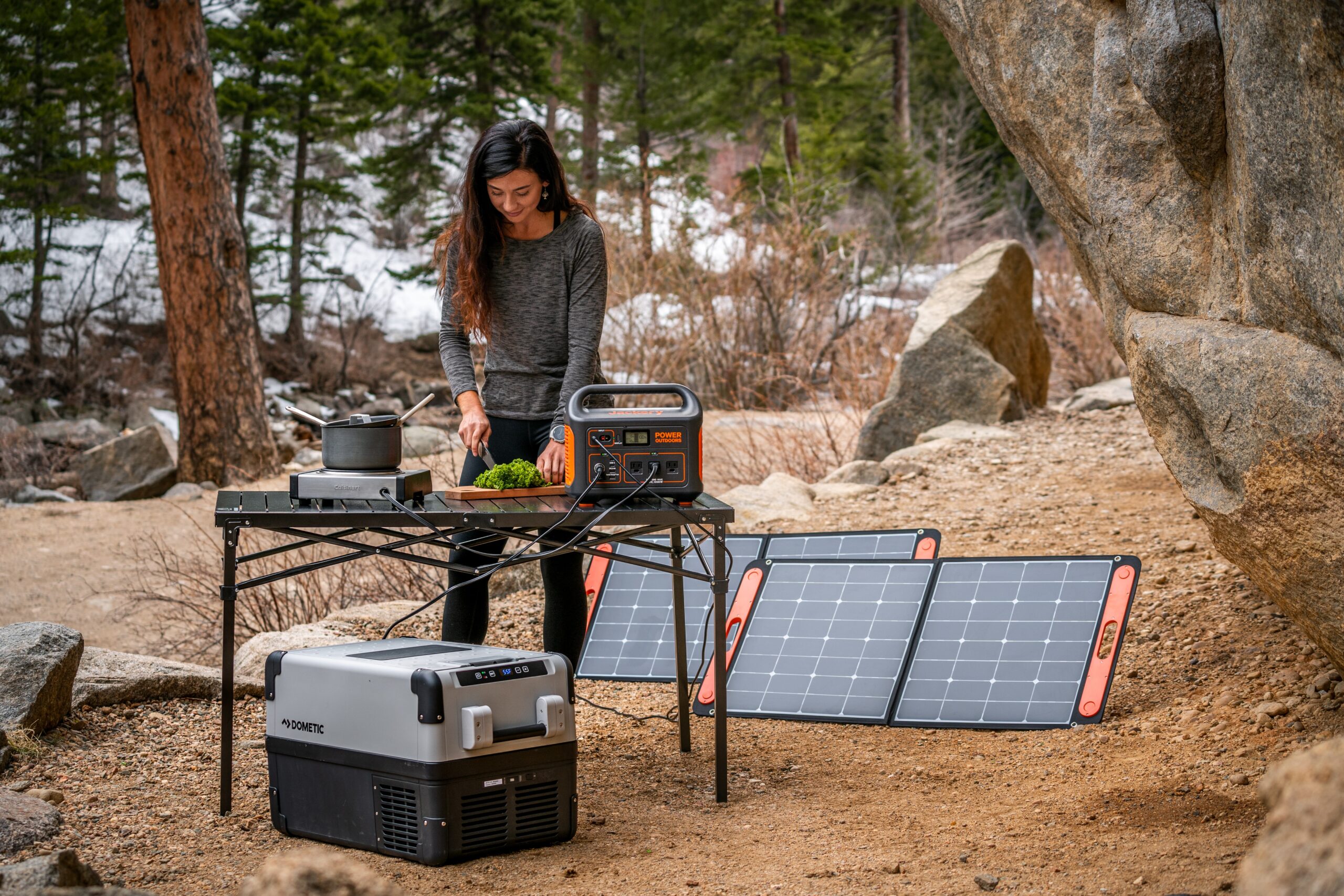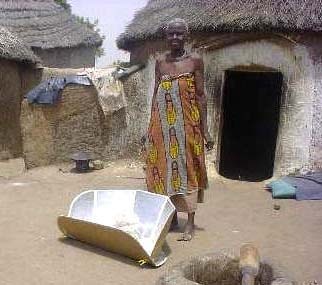Utilizing solar energy for cooking is a fun and effective way to use a sustainable resource. When food is cooked in solar ovens, it gently cooks and does not burn, retaining its moisture and nutrients.
Utilizing a solar oven to cook, heat, or sterilize food and beverages is known as off-grid cooking using solar options. Food is heated in a solar oven using direct sunshine. These gadgets could be exceedingly complicated or simple and low-tech. A solar cooker or solar oven can be used anywhere that receives direct sunshine. Ovens, panel cookers, and parabolic solar cookers are all types of solar cookers. You can do frying, boiling, baking, and grilling of foods using solar options for off-grid cooking.
Solar Ovens
Similar to conventional ovens, solar ovens use the sun as its heat source rather than fuel. You can purchase a pre-made solar oven or build one yourself using boxes and foil.
The majority of solar ovens are essentially an insulated box with reflectors connected to the lid that focus and direct sunlight’s heat into the box. Although using the heat of the sun to cook your meals may take a little longer than using a stove, there are no fuel costs or fuel shortages to be concerned about. Most solar cookers function well even when the sky is overcast! Additionally, they don’t emit any smoke.
Solar Dehydrator
Another well-liked method of using the sun’s energy for cooking is with solar dehydrators. Food dehydration has been used for thousands of years as a method of preserving raw foods like meat, fruit, and vegetables from microorganisms. The majority of food is dehydrated using a solar dehydrator, while some things, such jerky or salt fish, can be cooked by being placed outside in the sun.
The drying cabinet, which is made up of wire racks on which the food is housed and exposed to airflow, and the solar collector, which captures the heat of the sun, make up a solar dehydrator. Food can be preserved using solar dehydrators, which are easy to use and construct. It is not expensive and adds no-cost to operate.
Box cookers
The majority of people utilize these for personal usage. They are made in both circular and rectangular shapes, despite the moniker “box” cooker. They are made up of a reflector, insulation, and an enclosed interior box covered in clear glass or plastic. The pot is inside, and the open lid directs sunlight toward it.
There are numerous patterns and designs that can be modified to use the resources at hand. Box cookers offer gradual, uniform cooking but don’t heat up quickly. Additionally, they are relatively simple to manufacture and very safe to use. In rare cases, they can bake and prepare meals for as many as 8–10 people, although they perform poorly in low angle light and are less portable than other solar cookers.
Panel cookers
These are flat reflecting panels that direct sunlight onto an open-top cooking pot rather than the interior box typical of box cookers. The simplest and least expensive to construct, panel cookers just need four reflecting panels and a cooking vessel. However, they are unstable in strong gusts and lose heat when the sun is blocked by clouds.
Parabolic cookers
The parabolic solar cooker is a solar cooker that concentrates sunlight through a parabolically structured collection of mirrors that is supported by a metallic structure, directly converting sunlight into heat. These are more difficult to manufacture and use, but they cook food faster and at higher temperatures than box or panel cookers. The majority of commercial solar ovens are parabolic. The sunlight must be focused more precisely on the cooking vessel in parabolic cookers. The meal won’t cook if the sunshine isn’t precisely directed. Other variants require manual tracking; more expensive versions feature an integrated tracking device that automatically follows the sun.
It is important to monitor the temperature when using the parabolic oven to prevent the container from overheating and scorching the food. With a diameter of 140 centimeters and an output of 600 watts, they can boil 3 liters of water in approximately 25 minutes; with a diameter of 50 centimeters and an output of 150 watts, they can boil one liter of water in about 40 minutes. When using improvised parabolic designs, there is a higher risk of burns and eye damage. They are not simple to create at home and take great care to utilize, despite the fact that they produce good results when used properly.
Solar grill
The solar grill, designed by MIT professor Dr. David Wilson in 2012 with the help of MIT graduate students, not only uses the heat energy from the sun to cook your food during the day, but it can also store that energy so that you may cook your meals at night. At 450 degrees Fahrenheit, it may retain the heat energy for up to 25 hours until it is released as convective heat.
The technology behind the solar cooker offers a lot of potential for cooking and other uses. Technically speaking, you could store the heat energy and use it to heat your house, your water, and likely even produce electricity. Heat is energy and can be converted to electricity. All you need is heat, to make your home functioning.
Conclusion
If you have made the brave decision to live fully off the grid, you probably want to know how to safeguard your solar energy supplies. Rethinking your culinary habits is one option. Even though there are several energy-efficient electric ovens on the market, there are other ways to cook that can help you completely conserve your home’s solar energy.
Solar energy is easily accessible, and it can be harnessed for use in a variety of applications. Solar energy is a key component of future clean energy initiatives because it is renewable. Although your first thought may be to use solar panels to power structures and provide heating and cooling, solar energy can also be used for other things.

